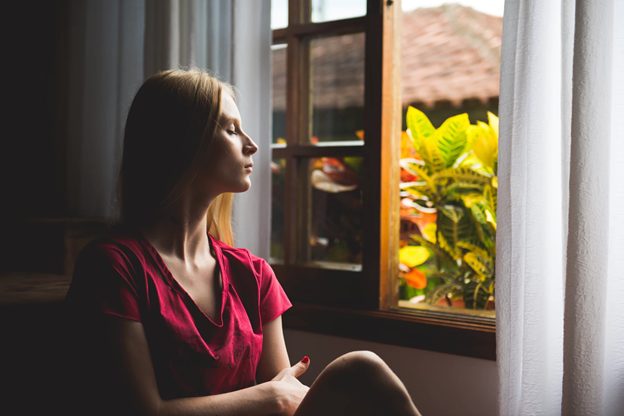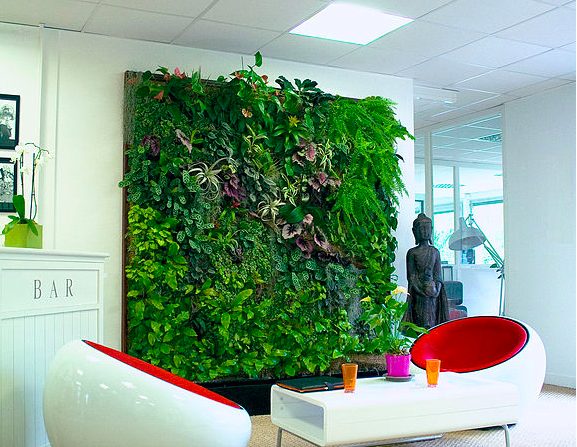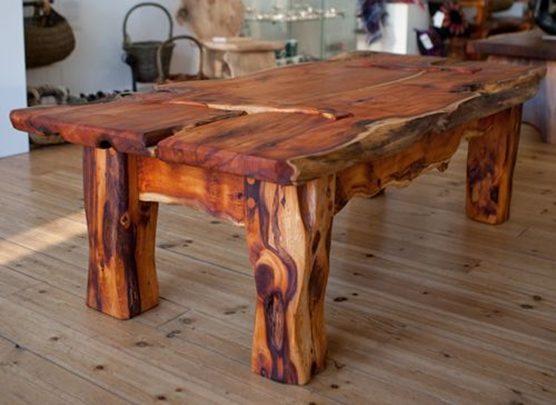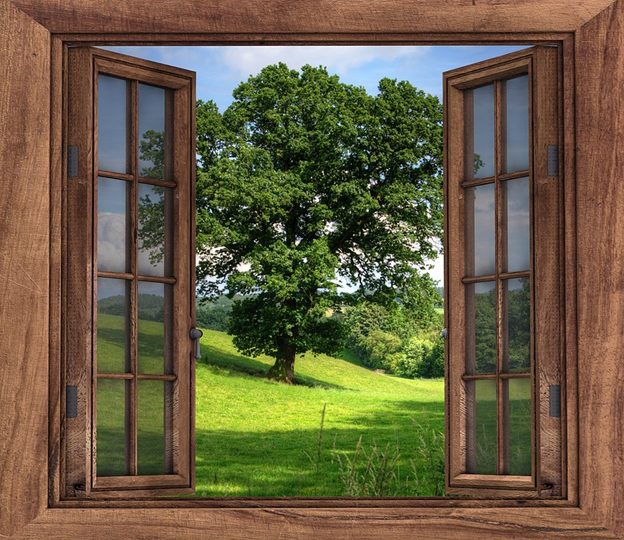Biophilic Design: 5 Ways to Bring Nature Indoors

Tired of the same old surroundings? You don’t have to move to enjoy a brand new home. The Emerald City is famous for its lush greenery. By choosing a biophilic design for your next remodeling project, you could showcase that greenery inside your home.
Biophilic design embraces the concept of bringing more of the natural world into our daily life. This design also provides an easy flow between indoors and out, and innovations such as green walls and vertical gardens. Environmental psychologists agree: The result is increased well-being and health.
1. Accentuate Natural Light
While newer Seattle homes have some of the best light fixtures available, there’s no substitute for natural light. Create a biophilic living room and kitchen by using elements of nature to your advantage. Arranging furniture and seating areas near windows will let you enjoy the natural light. Adding a skylight will save on your electric bill. Sheer curtains are a great addition since they provide just enough privacy without blocking the sun. Keeping the lights off during the day also helps flood your home with outdoor light.
2. Add Life With a Green Wall

Indoor plants are one of the easiest ways to bring the outdoors inside. But a handful of plants isn’t enough to make your home biophilic. To reap the benefits of nature, you want greenery visible throughout your home. A living wall, for example and several hanging plants will improve your air quality and relieve stress.
Choose from a variety of plants that will thrive in Seattle, including split-leaf philodendron to small trees such as the umbrella tree. You can always take a trip to visit some of Seattle’s best gardens for inspiration.
Kitchens are a prime spot for an indoor herb garden that’s both pretty and functional. Family rooms do well with small indoor trees that add both color and variety. Upgrade the look of bedrooms and bathrooms with a simple calla lily or bamboo palm that brightens the room and adds a fresh scent.
3. Use Different Textures

Seattle got its start as a logging and timber mill community. Bring that past into your present-day biophilic decor. Choose rustic wooden furniture and accessories. For example, a natural log coffee table and benches bring a woodsy feeling to any room. Take tips from Mother Nature by using different shapes, patterns, and textures. While many of the walls are smooth, you want to draw attention to other surfaces, turning your log dining set into a focal point.
Don’t forget about other natural materials such as bamboo, cotton, seashells, natural stone, or ratan. Bring that outdoor furniture indoors to replicate the feeling of relaxing on the patio.
4. Create a Natural Color Palette
When choosing a color palette for your home, use natural tones like the blue shades in Puget Sound, and the green tones in our forests. While most of these colors are cooler tones, other elements of nature add a pop of color. You’ll be hard-pressed to miss a bright butterfly or ladybug when spending time outdoors. Consider adding pops of these more vivid colors around your home to create a natural color palette.
5. Open Windows and Doors

Screened windows and doors help bridge the gap between indoor and outdoor life. These transition areas offer the opportunity to allow fresh air to enter your home and also invite in the sounds and smells of nature. After mowing the lawn, let in the scent of freshly cut grass. (This works even better if you leave the grass clippings on the lawn.)
Opening a window at night to allow the cool breeze into your bedroom can be very calming. Hearing neighborhood birds chirp can significantly affect your mood and your home atmosphere.
Invite Mother Nature into Your Home
Blurring the transitional lines between indoor and outdoor living spaces can be relaxing and invigorating. The greenery in your home office, your work laptop atop your log table, the colors of Puget Sound all around — bringing the Great Outdoors inside even has health benefits. Get back to nature without ever leaving your Seattle home.
Brenda Betts is an avid gardener. When she’s not tending to her organic vegetable and flower garden, she can be found exploring nature by bike or boat.
